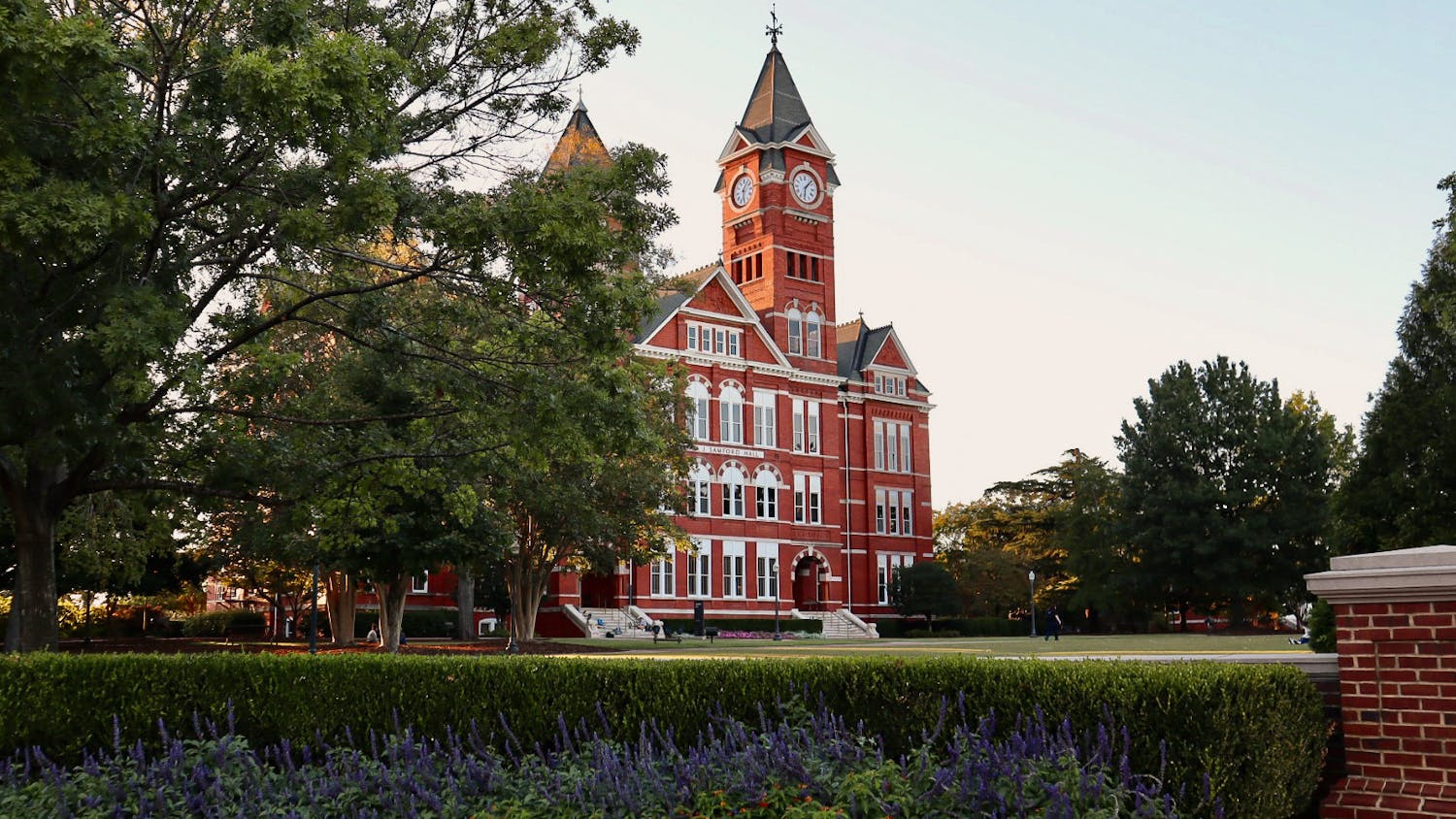Each year, more than 23 million pounds of oysters are harvested off the Gulf Coast, known as "The Fertile Crescent of Seafood."
There is just one problem: Although those 23 million pounds make up almost 90 percent of the United States' total oyster harvest, they generate only 73 percent of the harvest's total value.
In upscale restaurants across the country, special varieties of raw oysters from the Pacific Northwest to Cape Cod can cost anywhere from $30 to $50 per dozen.
According to several seafood restaurants in the Auburn area, the current market price for fresh Gulf oysters ranges from $7 to $12 per dozen.
So how can seafood companies based in the Gulf of Mexico increase their oyster profits with such low market prices?
Fisheries and aquaculture assistant professor Bill Walton believes he has an answer.
Since 2009, Walton and his team at the Auburn University Shellfish Laboratory in Dauphin Island have been advancing off-bottom oyster farming techniques that help Gulf residents fetch a higher dollar for their oysters.
"Most Gulf oysters are going straight to shucking houses, where the meat is packaged all together and sold by the pint or gallon," Walton said. "Don't get me wrong, that's a great product, but in order to get the top dollar from these fancy restaurants and raw oyster bars, you need a premium oyster."
When a grocery shopper or a restaurant buys from the Gulf, the oysters could originate anywhere from East Texas all the way to Apalachicola in the Florida Panhandle. Because the location of the oysters is random, Walton said taste and overall oyster quality are also random.
Off-bottom oysters are different from wild ones because consumers can expect a uniform consistency and flavor every time they buy from a particular area. This practice is established in boutique oyster regions such as Cape Cod, where Walton lived before he moved to Auburn.
Another issue off-bottom farming addresses is the "fouling" of oysters. While the Gulf's waters are ideal for spawning oysters, Walton explains organisms that harm oysters also thrive in the area.
By raising oysters in containers above the ocean floor, farmers can eliminate harmful burial in sediment and decrease the damage from other aquatic organisms. Other off-bottom farming techniques such as low tide simulation expose the oysters to fresh air, further reducing the effects of fouling.
Walton stressed off-bottom farming would not eradicate the old way of harvesting oysters, but seafood farmers could use the technique as an additional way to make money.
"We could never compete with the volume that the traditional way of harvesting oysters gets," Walton said. "This type of farming is a way for people to make extra income by producing higher-value oysters of their own. This is in no way a threat to the traditional fisheries."
Walton compares the niche market of off-bottom oysters from various areas to the craft beer market, where each area has its own unique taste. Since oysters get their taste from the water they grow in, certain areas could act as a "brewery" for specific flavors.
Oyster bars and high-end restaurants seek a variety of oysters for their menus and are willing to pay top dollar for off-bottom varieties from all over the country.
Walton said the chance of additional profit from these high-value oysters has attracted established seafood companies and individuals near the Gulf Coast.
"The people here along the coast have been very enthusiastic about implementing this as a way to add to their profits," Walton said. "Organized Seafood of Alabama has partnered with us and wants to help us teach residents how to be commercial oyster farmers. The residents have accepted it so much to the point where they are encouraging it."
Do you like this story? The Plainsman doesn't accept money from tuition or student fees, and we don't charge a subscription fee. But you can donate to support The Plainsman.





